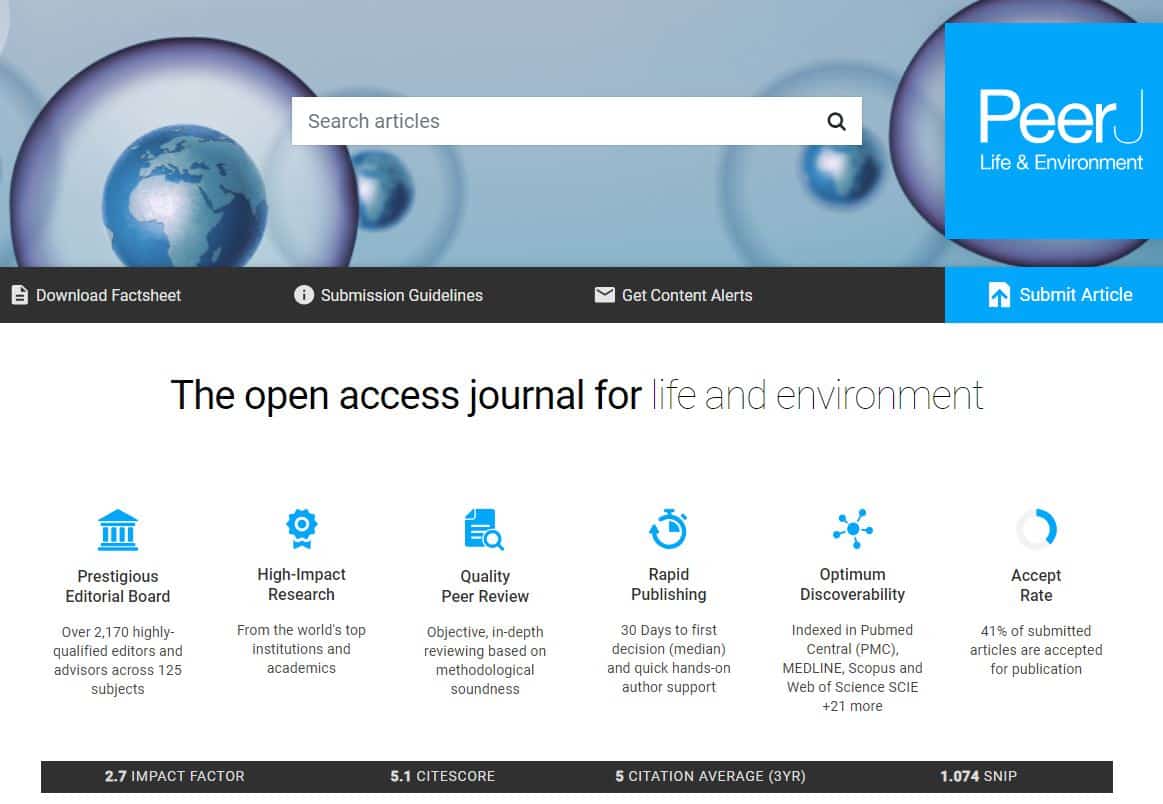
Home hazard modification programs for reducing falls in older adults: a systematic review and meta-analysis (2023)
Title : Home hazard modification programs for reducing falls in older adults: a systematic review and meta-analysis
Researcher : Charupa Lektip, Sirawee Chaovalit, Apichai Wattanapisit, Sarawut Lapmanee, Jiraphat Nawarat, Weeranan Yaemrattanakul
Department : Faculty of Medicine, Siam University, Bangkok, Thailand
E-mail : sarawut.lap@siam.ed
Link to article : PeerJ, 11, e15699. https://doi.org/10.7717/peerj.15699
Citation : Lektip, C., Chaovalit, S., Wattanapisit, A., Lapmanee, S., Nawarat. J., & Yaemrattanakul, W. (2023). Home hazard modification programs for reducing falls in older adults: a systematic review and meta-analysis. PeerJ, 11, e15699. https://doi.org/10.7717/peerj.15699
Journal : PeerJ / in Scopus
ฐานข้อมูลงานวิจัย มหาวิทยาลัยสยาม : –
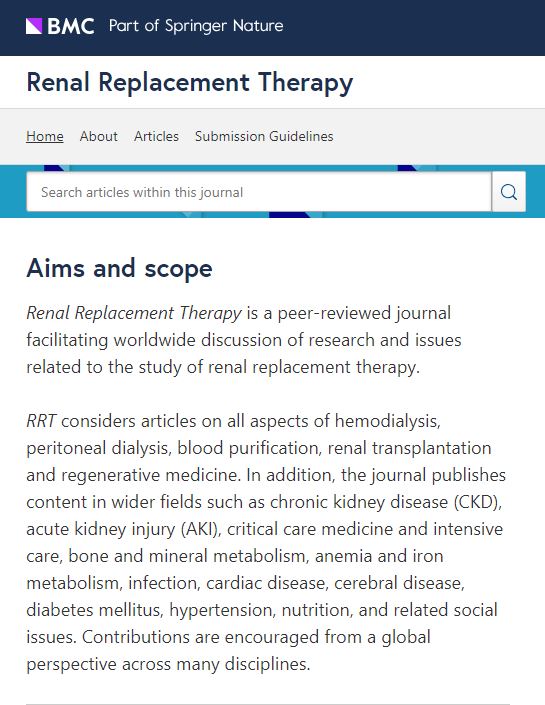
Imipenem dosing recommendations for patients undergoing continuous renal replacement therapy: systematic review and Monte Carlo simulations (2021)
Title : Imipenem dosing recommendations for patients undergoing continuous renal replacement therapy: systematic review and Monte Carlo simulations
Researcher : Dhakrit Rungkitwattanakul, Taniya Charoensareerat, Pathakorn Kerdnimith, Nutsinee Kosumwisaisakul, Piyakamol Teeranaew, Apinya Boonpeng, Sutthiporn Pattharachayakul, Nattachai Srisawat and Weerachai Chaijamorn
Link to article: Renal Replacement Therapy Vol. 7, Article number: 61 (2021) Page.1-11. https://doi.org/10.1186/s41100-021-00380-6
Citation : Rungkitwattanakul D., Charoensareerat T., Kerdnimith P., Kosumwisaisakul N., Teeranaew P.,Boonpeng A…Chaijamorn W. (2021). Imipenem dosing recommendations for patients undergoing continuous renal replacement therapy: Systematic review and Monte Carlo simulations. Renal Replacement Therapy, 7(61), 1-11. https://doi.org/10.1186/s41100-021-00380-6
Journal : Renal Replacement Therapy / in Scopus
ฐานข้อมูลงานวิจัย มหาวิทยาลัยสยาม : https://e-research.siam.edu/kb/imipenem-dosing-recommendations-for-patients/
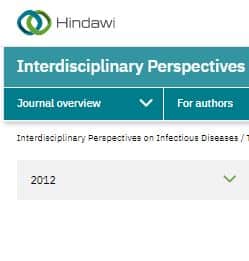
Impact of inappropriate empiric antimicrobial therapy on mortality of septic patients with bacteremia: A retrospective study(2012)
Title : Impact of inappropriate empiric antimicrobial therapy on mortality of septic patients with bacteremia: A retrospective study
Researcher : Lueangarun, S., Leelarasamee, A.
Department : [mfn]1[/mfn]Department of Medicine, Chulabhorn Hospital, Lak Si, Bangkok 10210, Thailand
[mfn]2[/mfn]Department of Medicine, Faculty of Medicine Siriraj Hospital, Mahidol University, Bangkok 10700, Thailand
Abstract : Background. Inappropriate empiric antimicrobials could be a major cause of unfavorable mortality rates in co-morbid patients. This study aimed to assess the prevalence and impact of first-dose and 24-hour inappropriate antimicrobials on mortality rates of bacteremic septic patients. Methods. A retrospective cohort study was employed. Case record forms of patients diagnosed as sepsis, severe sepsis, or septic shock with positive hemoculture during 2009 were retrieved from the medical wards, Siriraj Hospital. Demographic data, antimicrobial use, types of bacteria isolated from blood and susceptibilities, patients’ comorbidities, 28-day and overall mortality rates were collected and analyzed. Results. There were 229 cases, mean age (SD) of 63.5 (17.2) years and mean (SD) APACHE II score of 24.7 (6.8). The prevalence of first-dose and 24-hour inappropriate antimicrobials was 29.7% and 25.3%, respectively. The 28-day and overall mortality rates between first-dose inappropriate and appropriate antimicrobial were 67.6% versus 60.2% () and 75.0% versus 68.3% (), consequently. Patients with septic shock and inappropriate first-dose antimicrobials significantly had higher 28-day mortality rate (61.6% versus 41.9%; ). Conclusion. Higher mortality rates in bacteremic septic patients were substantially associated with inappropriate first-dose antimicrobials and 3-hour delayed antimicrobial administration after sepsis diagnosis.
Link to Academic article: https://www.hindawi.com/journals/ipid/2012/765205/
Journal : Interdisciplinary Perspectives on Infectious Diseases, 2012.
Bibliography : Lueangarun, S., & Leelarasamee, A. (2012). Impact of inappropriate empiric antimicrobial therapy on mortality of septic patients with bacteremia: A retrospective study. Interdisciplinary Perspectives on Infectious Diseases, 2012, 765205.
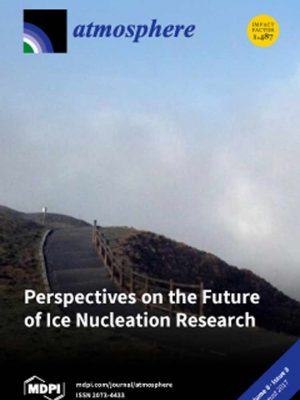
Impacts of Climate Change on Rainfall Erosivity in the Huai Luang Watershed (2017)
Title : Impacts of Climate Change on Rainfall Erosivity in the Huai Luang Watershed
Researcher : Pheerawat Plangoen and Parmeshwar Udmale
Department : Department of Civil Engineering, Faculty of Engineering, Siam University, Bangkok, Thailand
Email : pheerawat.pla@siam.edu
Abstract : This study focuses on the impacts of climate change on rainfall erosivity in the Huai Luang watershed, Thailand. The multivariate climate models (IPCC AR5) consisting of CCSM4, CSIRO-MK3.6.0 and MRI-CGCM3 under RCP4.5 and RCP8.5 emission scenarios are analyzed. The Quantile mapping method is used as a downscaling technique to generate future precipitation scenarios which enable the estimation of future rainfall erosivity under possible changes in climatic conditions. The relationship between monthly precipitation and rainfall erosivity is used to estimate monthly rainfall erosivity under future climate scenarios. The assessment compared values of rainfall erosivity during 1982–2005 with future timescales (i.e., the 2030s, 2050s, 2070s and 2090s). The results indicate that the average of each General Circulation Model (GCM) combination shows a rise in the average annual rainfall erosivity for all four future time scales, as compared to the baseline of 8302 MJ mm ha−1 h−1 year−1, by 12% in 2030s, 24% in 2050s, 43% in 2070s and 41% in 2090s. The magnitude of change varies, depending on the GCMs (CCSM4, CSIRO-MK3.6.0, and MRI-CGCM3) and RCPs with the largest change being 82.6% (15,159 MJ mm ha−1 h−1 year−1) occurring under the MRI-CGCM3 RCP8.5 scenario in 2090s. A decrease in rainfall erosivity has been found, in comparison to the baseline by 2.3% (8114 MJ mm ha−1 h−1 year−1) for the CCSM4 RCP4.5 scenario in 2030s and 2.6% (8088 MJ mm ha−1 h−1 year−1) for the 2050s period. However, this could be considered uncertain for future rainfall erosivity estimation due to different GCMs. The results of this study are expected to help development planners and decision makers while planning and implementing suitable soil erosion and deposition control plans to adapt climate change in the Huai Luang watershed.
Key words : climate change; rainfall erosivity; precipitation; soil erosion; sedimentation
Link to article : Atmosphere Vol.8 No.8 Aug 2017, pp.1-18. https://doi.org/10.3390/atmos8080143
Journal : Atmosphere / in Scopus
Bibliography : Pheerawat Plangoen & Parmeshwar Udmale. (2017). Impacts of Climate Change on Rainfall Erosivity in the Huai Luang Watershed. Atmosphere, 8(8), 1-18. https://doi.org/10.3390/atmos8080143
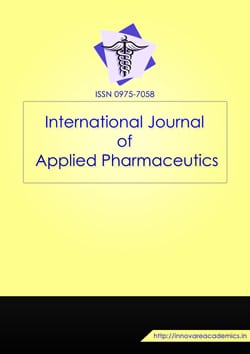
Improvement of organic red pigment prodcution by Monascus Purpureus TISTR3651 using pathumthani-1 rice-based medium in submerged and solid-state fermentation (2021)
Title : Improvement of organic red pigment prodcution by Monascus Purpureus TISTR3651 using pathumthani-1 rice-based medium in submerged and solid-state fermentation
Researcher : Techaoei, S., Jarmkom, K., Dumrongphuttidacha, T., Khobjai, W.
Department :
Abstract : Objective: This research is to study the production of natural red pigment by Monascus purpureus TISTR3615 in the submerged and solid-state
fermentation system using Pathumthani-1 rice as a carbon source.
Methods: The antioxidant activity of the red pigment was evaluated in vitro 2,2-diphenyl-1-picrylhydrazyl (DPPH), ABTS radical scavenging assay,
and ferric-reducing antioxidant power (FRAP) assay, including total phenolic compound.
Results and Discussion: The maximum of red pigment production was 0.55±0.02/ml (OD 680 nm) after incubation at 30°C for 24 days. The
antioxidant activity based on inhibition DPPH (%), ABTS radical scavenging activity (%), and FRAP activity (mM Fe2+/g) was 97.80±1.51,
68.64±0.46, and 0.32±0.021, respectively. The total phenolic content was 164.78±2.82 μg GAE/mg.
Conclusion: It was estimated that Monascus pigments, leading to nutraceutical and pharmaceutical applications, cosmetic industry, and food
industry.
Keywords: Natural pigment, Monascus purpureus, Submerged fermentation, Solid-state fermentation, Agricultural product
Link to Academic article: DOI: https://doi.org/10.22159/ijap.2021.v13s1.Y0103
Journal : International Journal of Applied Pharmaceutics, 2021, 13(Special issue 1)
Bibliography : Techaoei, S., Jarmkom, K., Dumrongphuttidacha, T., & Khobjai, W. (2021). Improvement of organic red pigment prodcution by Monascus Purpureus TISTR3651 using pathumthani-1 rice-based medium in submerged and solid-state fermentation. International Journal of Applied Pharmaceutics, 13(Special issue 1), 47–50. Retrieved from https://doi.org/10.22159/ijap.2021.v13s1.Y0103
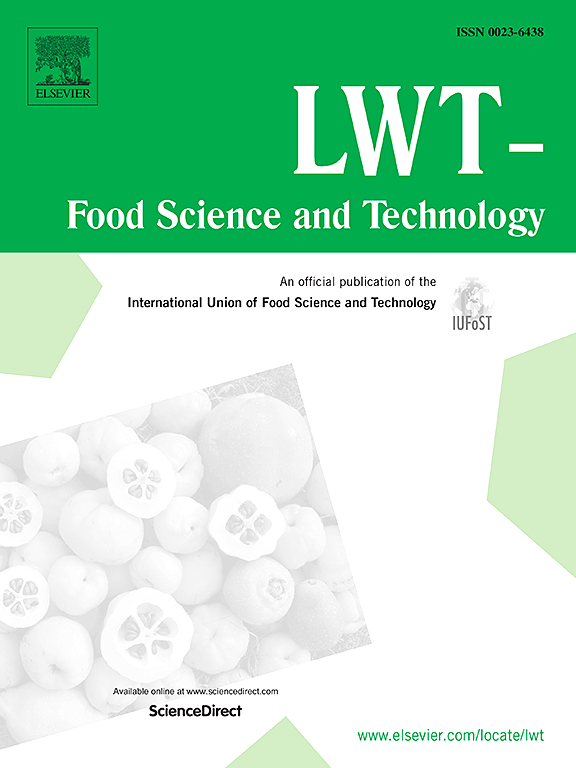
Improvement of solubility, foaming, and emulsification properties of coconut (Cocos nucifera L.) protein by non-enzymatic deamidation (2022)
Title : Improvement of solubility, foaming, and emulsification properties of coconut (Cocos nucifera L.) protein by non-enzymatic deamidation
Researcher : Meenmanee, S., Rattananukrom, A., Thaiphanit, S., Suppavorasatit, I.
Department : ภาควิชาเทคโนโลยีการอาหาร คณะวิทยาศาสตร์ มหาวิทยาลัยสยาม
E-mail : somruedee.tha@siam.edu
ฐานข้อมูลงานวิจัย มหาวิทยาลัยสยาม:
Link to article: LWT-Food Science and Technology, Vol.153 (2022), page 112493. https://doi.org/10.1016/j.lwt.2021.112493
Journal : LWT / in Scopus
Bibliography : Meenmanee, S., Rattananukrom, A., Thaiphanit, S., & Suppavorasatit, I.(2022). Improvement of solubility, foaming, and emulsification properties of coconut (Cocos nucifera L.) protein by non-enzymatic deamidation. LWT-Food Science and Technology, 153, 112493. https://doi.org/10.1016/j.lwt.2021.112493
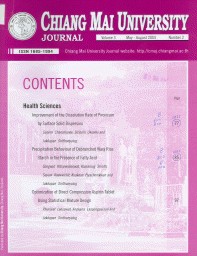
Improving the Flavor of Soy Ice Cream by Adding Lemongrass or Pandan Leaf Extracts (2014)
Title : Improving the Flavor of Soy Ice Cream by Adding Lemongrass or Pandan Leaf Extracts
Researcher : Sirinat Natisri, Kanjana Mahattanatawee*, Siwatt Thaiudom
Department : *Food Technology Department, Faculty of Science, Siam University
E-mail : *kanjana@siam.edu
Abstract : Lemongrass or pandan leaf extracts were used separately to improve the flavor of soy ice cream. Lemongrass or pandan leaf extracts with water in concentrations of 10: 100, 15: 100, and 20: 100 w/w were examined using sensory evaluation for the best flavor acceptance. The best ratio was selected to spray dry using maltodextrin as the drying medium at various concentrations (2, 4, 6, 8 and 10% w/w). A ranking preference test was used to determine the flavor of the soy ice cream. Threshold testing was used to determine the sensorial quality of soy isolate protein mixed with both herb extracts, and soy ice cream mixed with both herb extracts. The flavor compound was analyzed by using headspace, solid-phase microextraction, gas chromatography, mass spectrophotometry (HSSPME-GC-MS). The best concentration of fresh lemongrass or pandan leaf extracts for improving the sensorial flavor of soy ice cream was 10: 100 (w/w). The optimum quantity of maltodextrin for spray drying was 2%(w/w). The threshold values of fresh and powdered lemongrass extracts that could mask the beany flavor in soy protein isolate solution and soy ice cream were lower than those of fresh and powdered pandan leaf extracts. The beany flavor in soy protein isolate solution and soy ice cream was mainly composed of hexanal, pentanal, benzaldehyde, 2-pentyl-furan and 1-octen-3-ol. The flavor compounds in pandan leaf extract were 2-acetyl-1-pyroline and 3-methyl-2 (5H)-furanone, while those of lemongrass extract were β-myrcene, α-pinene, 3-carene, neral, geranial and geraniol. From the results of HS-SPME-GC-MS, the beany flavor was masked by these extracts. This indicated that lemongrass and pandan leaf extracts could mask the beany flavor and improve the sensorial quality of soy ice cream.
Keywords: Ice cream, Lemongrass, Pandan leaf, Beany flavor, Headspace, Solidphase microextraction, Gas-chromatography, Mass spectrophotometry
Link to Publication: CHIANG MAI UNIVERSITY JOURNAL OF NATURAL SCIENCES/Natural and Life Sciences Communications Volume 13, Issue 01(S) DECEMBER 2014
Bibliography : Natisri, S., Mahattanatawee, K., & Thaiudom, S. (2014). Improving the flavor of soy ice cream by adding lemongrass or Pandan leaf extracts. Chiang Mai University Journal of Natural Sciences, 13(1 s), 469-482.
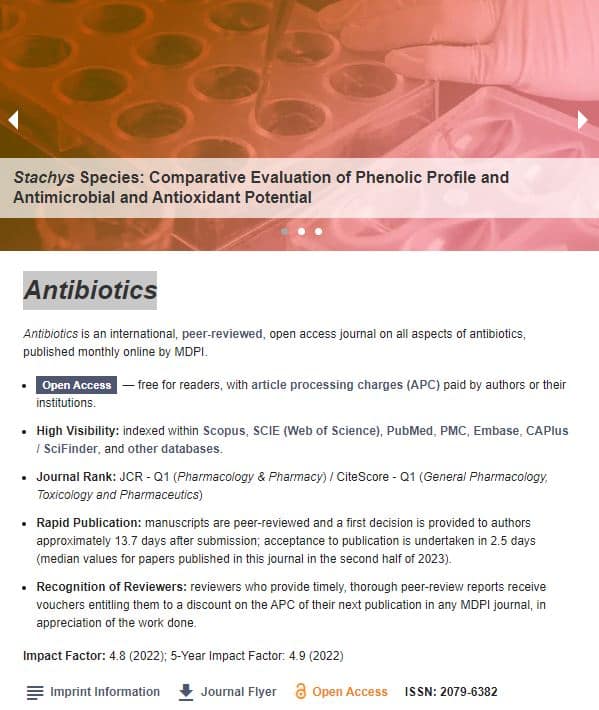
In vitro activities of colistin and sitafloxacin combinations against multidrug-, carbapenem-, and colistin-resistant acinetobacter baumannii using the broth microdilution checkerboard and time-kill methods (2020)
Title : In vitro activities of colistin and sitafloxacin combinations against multidrug-, carbapenem-, and colistin-resistant acinetobacter baumannii using the broth microdilution checkerboard and time-kill methods
Researcher : Rodjun, V., Houngsaitong, J., Montakantikul, P., Paiboonvong, T., Khuntayaporn, P., Yanyongchaikit, P., & Sriyant, P.
ฐานข้อมูลงานวิจัย มหาวิทยาลัยสยาม : –
Link to article: Antibiotics, 2020, 9(8), pp. 1–10, 516. https://www.mdpi.com/2079-6382/9/8/516
Journal : Antibiotics / Scopus
Citation : Rodjun, V., Houngsaitong, J., Montakantikul, P., Paiboonvong, T., Khuntayaporn, P., Yanyongchaikit, P., & Sriyant, P. (2020). In Vitro Activities of Colistin and Sitafloxacin Combinations against Multidrug-, Carbapenem-, and Colistin-Resistant Acinetobacter baumannii Using the Broth Microdilution Checkerboard and Time-Kill Methods. Antibiotics, 9(8), 516. https://doi.org/10.3390/antibiotics9080516

In vitro antiplatelet and anticoagulant activity of indigenous vegetables from Southern Thailand (2021)
Title : In vitro antiplatelet and anticoagulant activity of indigenous vegetables from Southern Thailand
Researcher : Sukati, S., Khobjai, W.
Department :
Abstract : Objective: Epidemiological studies have indicated that diets rich in fruits and vegetables help reduce the risk of cardiovascular diseases (CVDs). However, data about the antithrombotic activity of local vegetables is rare. The objective of this study was to evaluate antiplatelet and anticoagulant activity in indigenous vegetables with high phenolic compounds collected from Southern Thailand.
Methods: Five selected indigenous vegetables were crudely extracted by distilled water and 80% methanol. The extracts were screened for in vitro antiplatelet and anticoagulant activity at a concentration of 10 μg/μl. The antiplatelet activity was measured by inhibition of platelet adhesion to collagen and thrombin-induced platelet aggregation, while the anticoagulant activity was assessed by the prothrombin time (PT) and activated partial thromboplastin time (APTT) tests.
Results: Among the selected vegetables, the extracts of mon-pu (Glochidion perakense Hook.f.) and young cashew leaves (Anacardium occidentale L.) showed high antithrombotic properties. The highest antithrombotic activity was observed in the methanolic extract of mon-pu, which showed
92.79±0.78% of platelet adhesion inhibition, 102.9±1.53% of platelet aggregation inhibition, and a prolonged APTT assay (48.92±0.94 s). The prolonged APTT but normal PT results suggested that the extract could affect factors VIII, IX, XI, and XII of the intrinsic coagulation pathway.
Conclusion: Our findings demonstrated antiplatelet and anticoagulation properties of indigenous vegetables from Southern Thailand. The multipotential effects of mon-pu extracts on antithrombosis evidently suggest that mon-pu can be considered as an excellent nutraceutical option in the prevention of thrombosis-related CVDs caused by different mechanisms.
Keywords: Indigenous vegetables, Antiplatelet activity, Anticoagulant activity, Southern Thailand
Link to Academic article: DOI: https://doi.org/10.22159/ijap.2021.v13s1.Y0100
Journal : International Journal of Applied Pharmaceutics, 2021, 13(Special issue 1)
Bibliography : Sukati, S., & Khobjai, W. (2021). In vitro antiplatelet and anticoagulant activity of indigenous vegetables from Southern Thailand. International Journal of Applied Pharmaceutics, 13(Special Issue 1), 38–42. Retrieved from https://doi.org/10.22159/ijap.2021.v13s1.Y0100
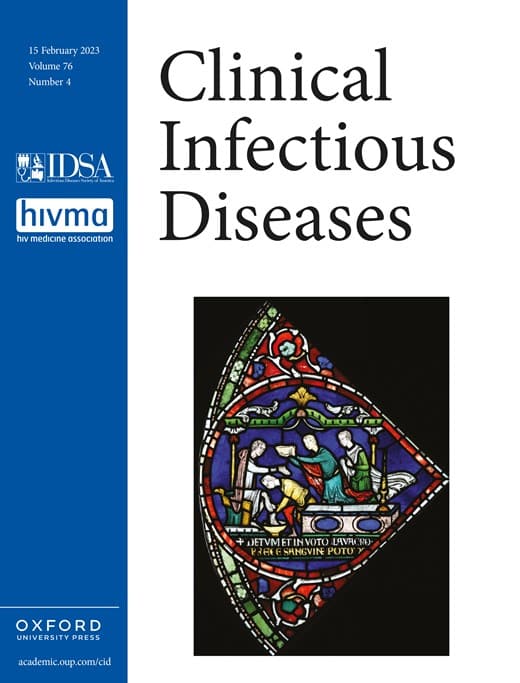
Infection prevention and control in Asia: Current evidence and future milestones (2017)
Title : Infection prevention and control in Asia: Current evidence and future milestones
Researcher : Apisarnthanarak, A., Mundy, L.M., Tantawichien, T., Leelarasamee, A.
Abstract : The Asia-Pacific region is a geographic source for emerging infectious diseases, including multidrug-resistant (MDR) organisms (MDROs) and pathogens with pandemic potential. Risks for emerging infectious diseases in this geographic region are complex and are presumed to include ecological, socioeconomic, and technological processes favorable to microbial transmission dynamics. In resource-limited settings, relative to resource-adequate settings, there continues to be a paucity of data in support of infection prevention and control, and patient safety interventions to ensure that regional, if not national, healthcare systems work effectively to improve infection prevention and control interventions. In addition, several viral pandemics and annual influenza strains have originated in the Asia-Pacific region, which, together, has global implications for population health.
Keywords: infection prevention, Asia, Asia Pacific, resource-limited setting, healthcare associated infections
Link to Academic article: https://academic.oup.com/cid/article/64/suppl_2/S49/3782667
Journal : Clinical Infectious Diseases, 2017, 64(Supplement 2).
Bibliography : Apisarnthanarak, A., Mundy, L.M., Tantawichien, T., & Leelarasamee, A. (2017). Infection prevention and control in Asia: Current evidence and future milestones. Clinical Infectious Diseases, 64(Supplement 2), S49–S50.